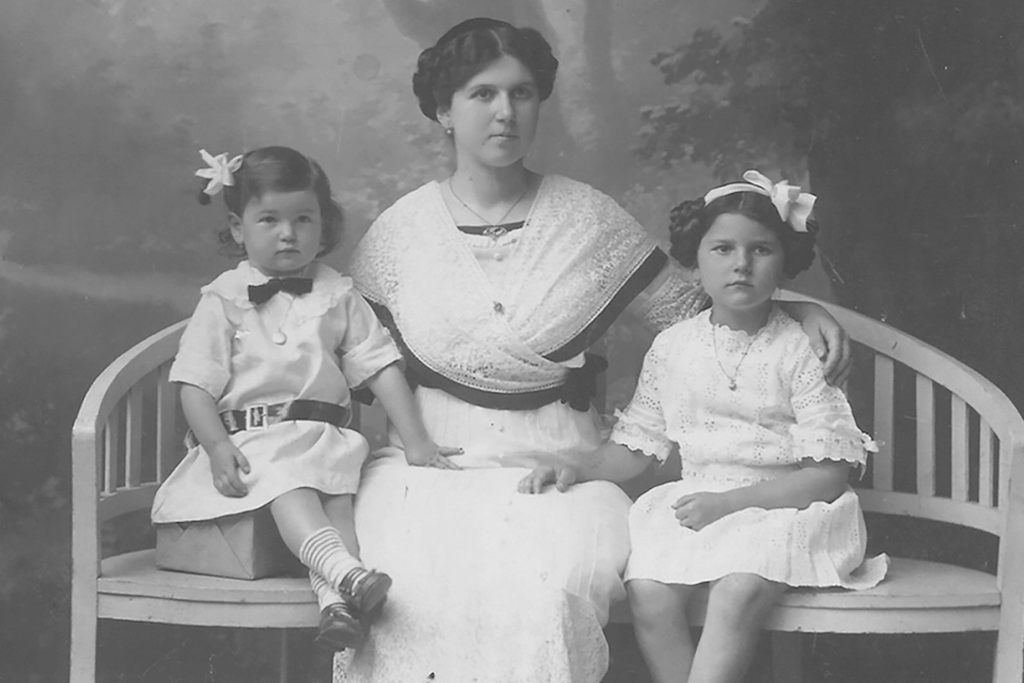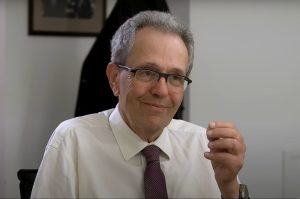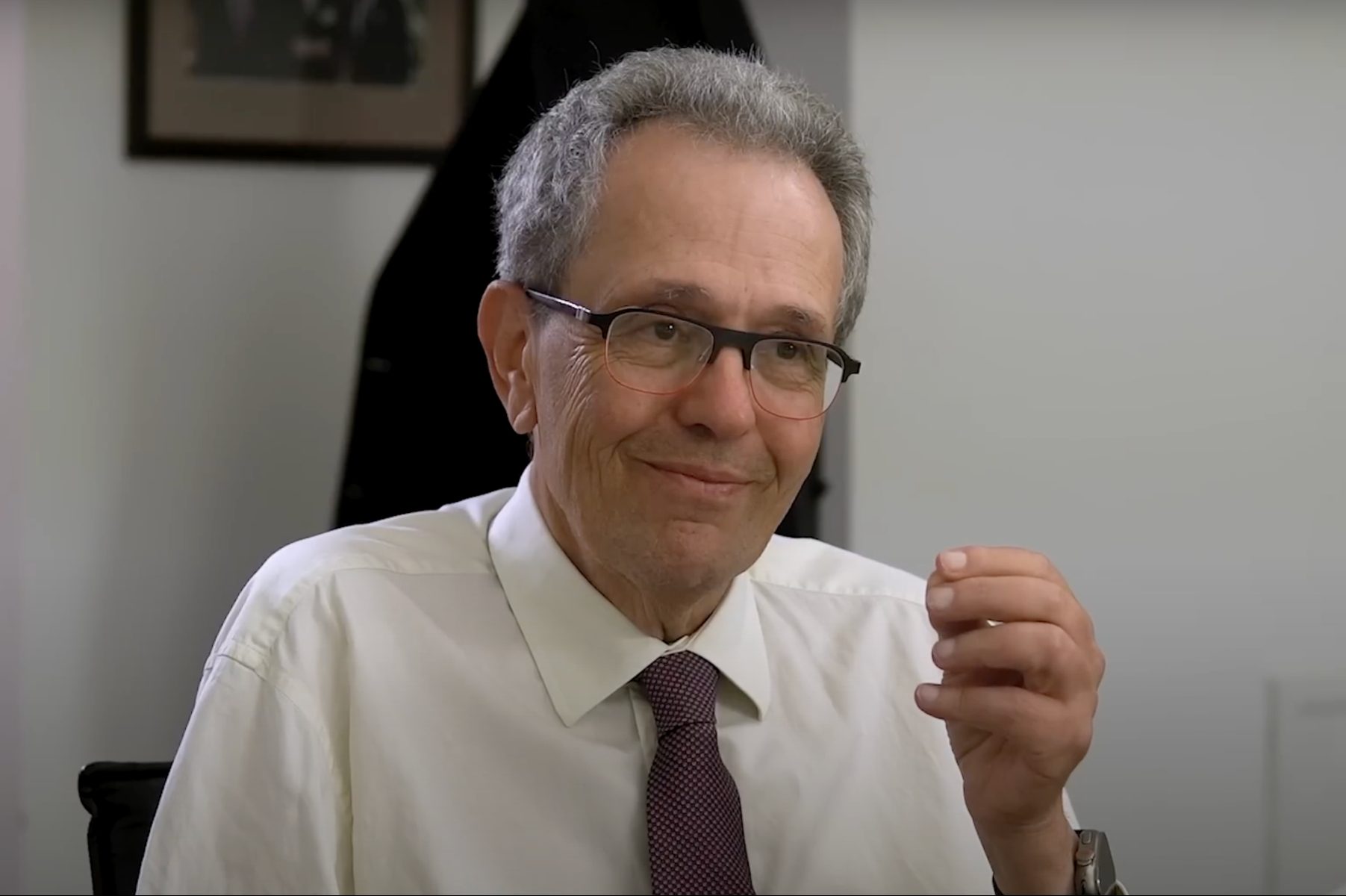Janet Malcolm, who died in 2021, was one of her generation’s great practitioners — one might say agitators — of journalism and biography. She was a master of studies that are ostensibly about one thing, but are actually of a depth and range the reader is never entirely prepared for. Whatever topic she had in hand, you find her nudging at its limits, questioning its practices and accepted norms, turning what could, tediously, be described as a “gimlet eye” on the irrational, emotional investment we have in those norms. A hallmark of her work is an extraordinary ability to (seem to) work her subjects out. There is something chilling about this gimlet-eyedness, something that makes you feel for the unsuspecting subjects who speak gamely into her tape recorder, confident in their control over the narrative.
There is also an outsider air to Malcolm’s work — a kind of refusal of professional loyalties that saw her famously describe journalistic practice as “morally indefensible” and admit to the “voyeurism and busybodyism that impel writers and readers of biography alike.” Her dry humor can be as easy to miss as some of her takedowns, since all are delivered with a crushing matter-of-factness.
There is, then, something a little disconcerting about reading Still Pictures, which is described as a memoir and is composed of meditations prompted by photographs — many of them from Malcolm’s own family collections. It’s as if a professor you had hopelessly admired from the back of the lecture hall suddenly invited you for a drink and started telling you about their childhood. There is something thrilling about it (after all, you have daydreamed about just such an encounter), but you’re not exactly having the scholarly conversation you’d imagined, and actually the intimidating distance of the pedestal was perhaps more comfortable. It is slightly disorienting when a master of elegant, controlled prose and cool provocation suddenly starts telling you about “Daddy.”
Malcolm was clearly uncomfortable about the enterprise herself. In The Silent Woman, one of her best books, she claimed that “the writer, like the murderer, needs a motive.” A good example of her tendency to phrase her provocations as snappy one-liners, it also hints at her trouble with autobiography. She wasn’t convinced there was a good reason to write it. In an essay for the New York Review of Books, she detailed several self-deprecating reasons for abandoning a previous attempt, including boredom with the subject and an inability to conjure the required memories. Yet her resistance is perhaps best explained by the distinction she drew between herself and creative writers whose material came from within. “Poets and novelists and playwrights,” she wrote in The Silent Woman, “give over what the rest of us keep safely locked within our hearts.” Still Pictures demonstrates how unfounded most of her concerns were. It is far from boring. Malcolm has surfaced some vivid and fascinating recollections, but they are hemmed in by all that she has, perceptibly, kept safely locked away.
She was born in what was then Czechoslovakia in 1934. Photo number two in Still Pictures shows her at a train window with her parents, leaving Prague five years later. In Hamburg, the family boarded one of the last civilian ships to depart for the US before war broke out. “We were among the small number of Jews who escaped the fate of the rest by sheer dumb luck, as a few random insects escape a poison spray,” she writes, in a statement that contains both her characteristic skill with similes (an often underestimated device) and her conspicuous refusal of sentiment.
Her parents left behind a life of cultured sophistication tinged with bohemianism; in America, they lost a context for their sense of humor and erudition. Malcolm revisits the misery of joining a kindergarten in Brooklyn speaking almost no English, and the awkward suppressions of a 1950s adolescence. She grew up among Czech émigrés in New York (a milieu she evokes compellingly and with something of a child’s candor; far from tragic or heroic, many of them seemed dull or embarrassing to her), and went on to have a long and distinguished career at the New Yorker. She touches on this in a piercing account of preparing for the second trial in a case brought against her by Jeffrey Masson, the disgruntled subject of one of her profiles.
Throughout, Malcolm observes the moral boundaries she so often saw herself and others transgressing in the writing of biography. When it comes to her father, she refuses to go into anything involving “conflict, resentment, blame, self-justification” — her prerogative, of course; but it’s a position that scrapes the meat off the bones of family memoir. Ambivalence and interrogation are twin themes of Malcolm’s work (“lowering” and “misprision” are two favorite words), and perhaps the most disconcerting thing about reading Still Pictures is watching a writer such as Malcolm reach the door to the room where the difficult things are kept — and turn back.
She voices commonplace regrets (remembering her youthful callousness towards her mother, she asks “What would it have cost me to tell her that I loved her?”) but keeps anything truly wounding, or cherished, to herself. She does this in full knowledge of the effects, and faithfully documents the tussle: she “would rather flunk a writing test,” she defiantly admits, than expose herself.
For several years in the 1970s, Malcolm wrote a photography column for the New Yorker. She had a way of taking the art world seriously that brilliantly exposed its absurdities and insularity. In an afterword, her daughter Anne notes that Malcolm had planned to finish Still Pictures with a piece on “her own lifelong interest in taking pictures,” which might have framed things differently. As it is, the book feels inevitably fragmentary. Far from a nostalgiafest, it is like a family album annotated to an unusually high intellectual standard. Even with the suffusing sense of reluctance, Malcolm is more observant and insightful than most.
This article was originally published in The Spectator’s UK magazine. Subscribe to the World edition here.

























